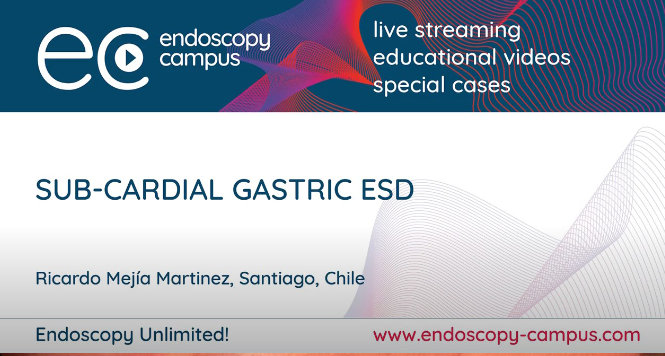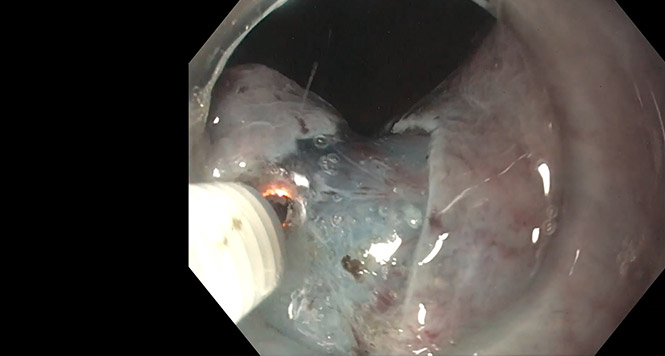Prospective Comparison of Needle Knives With Scissor Knives for Colorectal Endoscopic Submucosal Dissection
Douglas K. Rex, MD, MASGE, reviewing Kuwai T, et al. Gastrointest Endosc 2022 Mar 1.
This is a post-hoc propensity score-matched analysis of 2498 colorectal lesions removed with needle-type or scissor-type knives for endoscopic submucosal dissection (ESD) in 11 Japanese facilities over 5 years. Needle-type knives were used in the removal of 2067 lesions, and scissor-type knives were used in 431 lesions.
Overall, 41% of the lesions were granular, 17.5% had submucosal cancer, and the mean tumor size was 30 mm. Before matching, the needle-type and scissor-type knife groups differed in multiple factors, including mean age, anticoagulant and antiplatelet use, lesion morphology, presence of severe submucosal fibrosis, cancer, histology, and lesion size. After propensity score matching, there were no differences in patient or lesion features in 407 included lesions removed with scissor-type knives and 814 lesions removed using needle-type knives in the matched propensity score analysis (1:2 matching ratio).
Resection speed was faster with needle-type knives (18.3 mm^2/minute) compared with the scissor-type (13.2 mm^2/minute; P<.0001), but en bloc resection rates (96.8% vs 98.3%, respectively) and R0 resection rates (95.1% and 95.6%) were not different. Procedure completion with a single knife was lower in the needle-type group than the scissor-type group (43.9% vs 98.5%; P<.0001).
The intraoperative perforation rates were 0.7% with scissor-type knives and 2.5% with needle-type knives (P=.04), and the delayed bleeding rate was also lower with the scissor-type (0.7% vs 2.5%; P=.04).

COMMENTThe main deterrents to colorectal ESD in the U.S. are prolonged procedure times (inefficiency), high risk of perforation with ESD compared with endoscopic mucosal resection, and uncertainties regarding reimbursement for many practitioners. These results indicate that scissor-type knives help overcome one obstacle (complications) while making another worse (efficiency). Advances in scissor-type knives, such as rotatability, could improve efficiency.
Note to readers: At the time we reviewed this paper, its publisher noted that it was not in final form and that subsequent changes might be made.
CITATION(S)
Kuwai T, Oka S, Kamigaichi Y, et al. Efficacy and safety comparison of scissor-type knives with needle-type knives for colorectal endoscopic submucosal dissection: a post-hoc propensity score matched analysis (with videos). Gastrointest Endosc 2022 Mar 1. (Epub ahead of print) (https://doi.org/10.1016/j.gie.2022.02.042)


